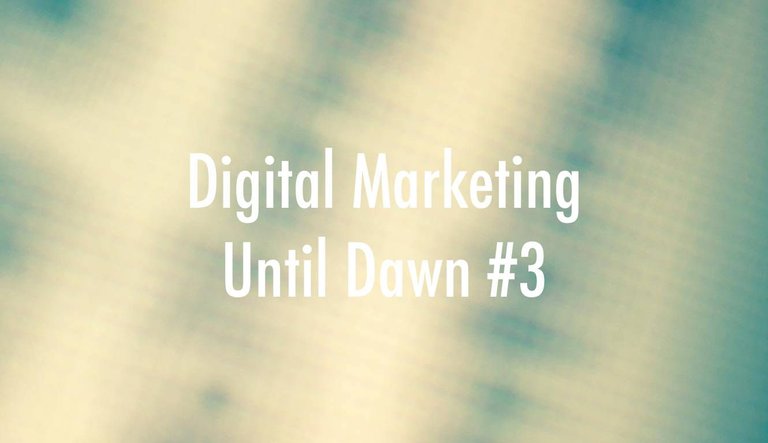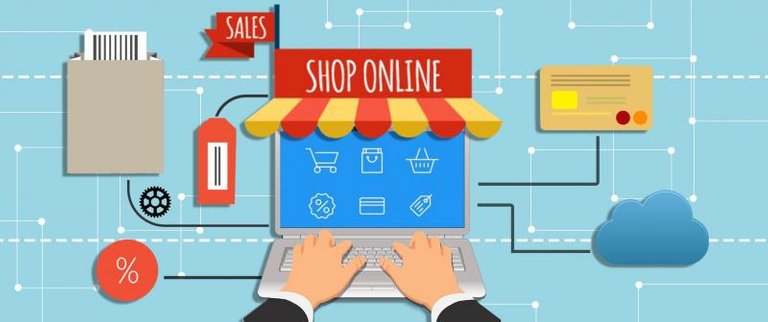Ya, it’s me, Chris from Until Dawn. Today’s topic is also about data usage in marketing industry. You know I’m only an amateur and please open the discussion with your professional views! Kick off!
Thanks to the gradual maturity of technological development and data management, digital transformation has been gradually storming as Hurricane Irma in the retail industry. Data analytics has become the key amid this process for companies to accumulate and handle valuable data, and we can see the tangible changes in the retail industry blossomed by tons of e-commerce platforms in recent years, which has proved the best usage of big data and acquired the most benefits from the audience.
How does data transform?
What data analytics can provide is help retailers more accurately interpret their target audiences’ behavioural attributes. To achieve this marketing goal, marketers try their best to paint the most detailed portrait of each consumer, from memorising his or her media preferences, marking his or her shopping habits, and cataloging his or her interests and desires. Then, we can foresee something from the patterns. Ya, data can help these.
Data can predict future trends
Data assists retailers to clarify the present situation and tell the future. Machine learning algorithms advanced by artificial intelligence are adopted to foresee the trend based on social media channels and searching engine patterns.
The gathered audience profiles are undoubtedly true assets for brands determine the demand of new product launch with programmatic targeting among their customers and potential customers. Thanks to the terrific amount of data, machine learning can easily draft a prediction model with accuracy, scale, and pace. Machine learning is greatly superior to other methods in considering potential customer across data from different sources like transactional, social media, and CRM sources.
The scalability of high performance machine learning can create predictive solutions leading to higher accuracy with sophisticated algorithms and live streaming data. For example, consumer behaviour analysis for retail industry mainly focuses on what makes people purchase based on attribution models, and in the future the target will be figuring our the reason they did or didn’t behave.
Data can offer smarter experience to the customers
According to the newest white paper of Hotmob, most of mobile marketers pinpoint personalisation as their success key to achieve higher engagement and conversions. Nowadays, customers do not just want a usable app or website, but a personalised and time-saving one. Brands are required to recognise customers' interests or preferences to seamlessly fit things into the module without notifications.
Data analytics help people listen to the heart of audience, which is the solid ground to offer better customer experiences in accordance with their favoured behaviour and preferences. Real time information collected from the engagement of customers enables us to cater to meet audiences' needs. Big data can open this door to provide us an in-depth view of their mind by offering precious e-footprints and user-generated content such as CRM data, social conversation via various channels from blogs to websites. Personalised and customised content referring to e-footprints can be drafted to suit their desires, as well as relevant interactions to wield the greatest market influence.
Find it interesting? Please help FOLLOW, UPVOTE & RESTEEM! It's Chris @untildawn in Steemit, and see you next time!




Photo Credit:
Your Data Analysis, is Your future. - https://www.linkedin.com/pulse/your-data-analysis-future-khaled-bahaa/
Risk Management: from Process-driven to Data-driven Due Diligence -
http://www.elenavandesande.com/2016/09/20/risk-management-process-driven-smart-data-driven-due-diligence/
Tricks for Best User Experience via E-commerce Data Entry Form -
http://www.bpodataentryhelp.com/blog/tricks-best-user-experience-e-commerce-data-entry-form